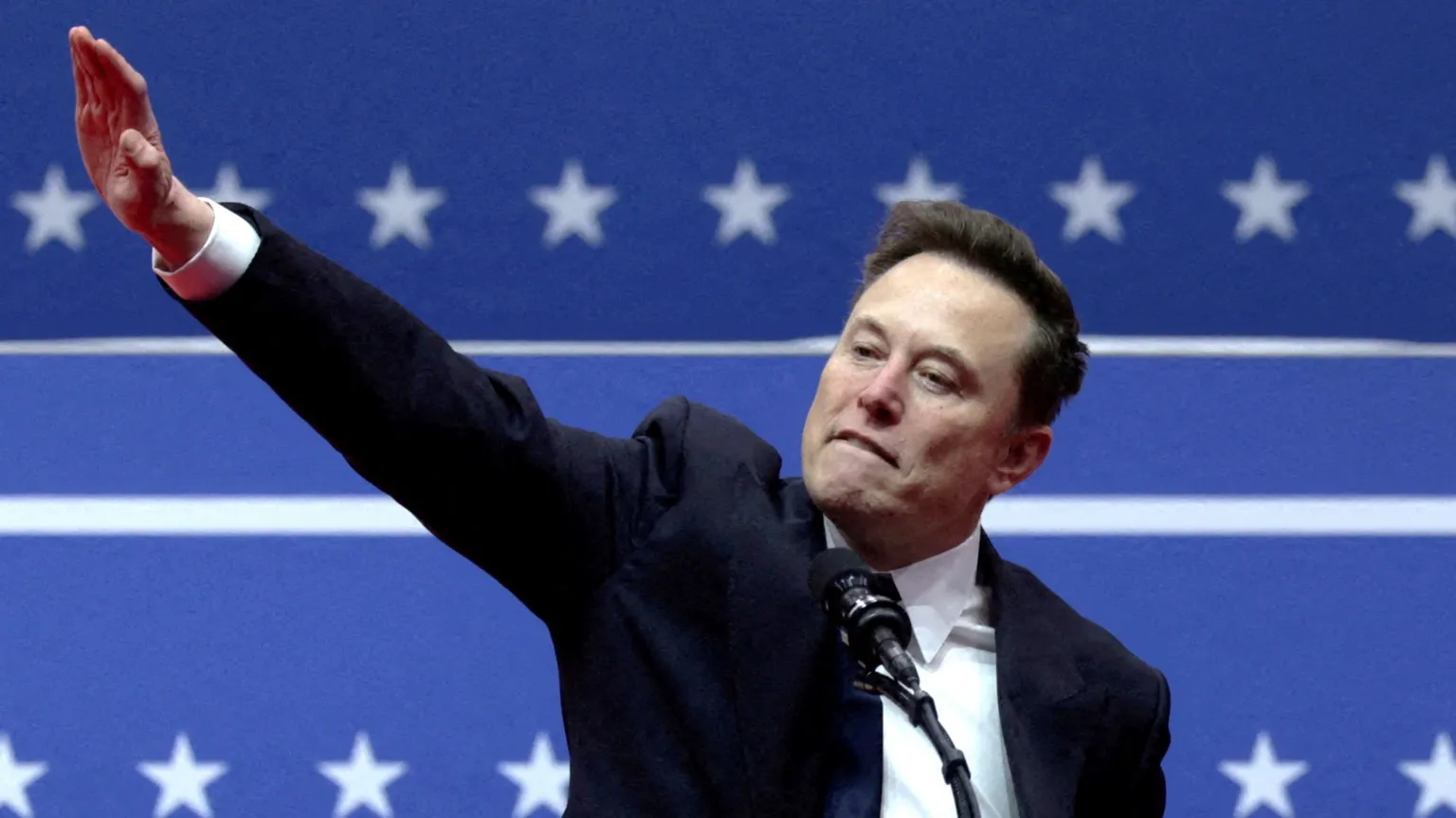The “Roman salute” is one of the most widely recognized gestures associated with ancient Rome, often depicted in films, literature, and historical paintings. This straight-arm salute, with the hand extended outward and slightly upward, is commonly thought to have been a standard greeting or expression of loyalty among Roman soldiers and citizens. However, historical evidence tells a different story. In this blog, we will explore the origins of the Roman salute, debunk common myths, and reveal its true history.
The Myth of the Roman Salute
The popular perception of the Roman salute originates primarily from 19th- and 20th-century artistic interpretations rather than historical Roman accounts. Many believe that Roman soldiers and politicians used this gesture to express allegiance to the empire or its leaders. However, ancient Roman texts and iconography provide little to no evidence of such a salute being used in everyday Roman life.
The misconception gained widespread acceptance due to artistic works that shaped modern perceptions of Roman history. Notably, the 1784 painting The Oath of the Horatii by Jacques-Louis David depicted the three Horatii brothers swearing loyalty to Rome with an outstretched-arm gesture. This artistic representation influenced later depictions in literature, theater, and film, embedding the false notion of the Roman salute into popular culture.
The True Origins of the Roman Salute
While the Roman salute as commonly imagined lacks historical evidence, gestures of greeting and respect did exist in ancient Rome. Romans typically used verbal greetings, handshakes, and raised fists as common gestures of acknowledgment or allegiance.
Ancient Roman mosaics, reliefs, and sculptures provide insights into Roman greetings and interactions. These sources predominantly depict individuals raising their right hand in a more relaxed fashion, often as a sign of greeting rather than a rigid, straight-arm salute. The gesture most associated with addressing an audience or making a declaration was often accompanied by a movement of the hand, similar to rhetorical gestures used in speeches.
The Fascist Adoption of the “Roman Salute”
The misconception of the Roman salute was further cemented in the 20th century, particularly during Benito Mussolini’s reign in Italy. The Italian Fascist Party adopted the straight-arm salute as a nationalistic symbol, claiming it as a revival of the traditional Roman greeting. In reality, Mussolini’s use of the gesture was more likely inspired by artistic depictions rather than actual Roman customs.
This salute was later adopted by Adolf Hitler’s Nazi regime, further solidifying its association with totalitarian movements. The infamous “Heil Hitler” salute became a mandatory gesture in Nazi Germany, reinforcing the false connection between the ancient Roman world and modern fascist ideologies.
What Did Romans Actually Do?
Instead of the supposed straight-arm salute, Romans relied on a variety of gestures and formal greetings. Some of the more historically accurate forms of greeting and allegiance included:
- The Handshake: A common greeting between Romans, particularly among equals or allies, involved grasping the forearm or hand in a show of trust and solidarity.
- The Raised Right Hand: Used as a nonverbal greeting, acknowledgment, or sign of peace, this gesture was depicted in various Roman art pieces but was far more relaxed than the rigid fascist salute.
- Rhetorical Hand Gestures: Orators like Cicero and Julius Caesar used dynamic hand movements when addressing the Senate or the public, but these were gestures of persuasion rather than salute.
- The Dextrarum Iunctio: This was a formal clasping of right hands, symbolizing agreement, loyalty, or the sealing of an oath, particularly in political and matrimonial settings.
Why the Myth Persists
The endurance of the Roman salute myth is largely due to its powerful imagery in modern media. Hollywood films, historical dramas, and even textbooks continue to depict Roman soldiers raising their arms in an exaggerated manner, reinforcing the misconception. Additionally, the political use of the gesture in the 20th century has contributed to its association with Roman heritage, despite historical inaccuracies.
Moreover, the human tendency to romanticize the past often leads to the oversimplification or misinterpretation of historical facts. The idea of a uniform Roman salute aligns well with the portrayal of Rome as a highly disciplined and structured society, making it an appealing but ultimately false narrative.
Conclusion
The so-called “Roman salute” is a modern fabrication rather than an authentic Roman tradition. While the Romans did use various hand gestures for communication and respect, there is no historical evidence supporting the notion that they used a straight-arm salute similar to the one later adopted by fascist regimes.
Understanding the true history of ancient customs helps us separate fact from fiction and prevents the spread of historical inaccuracies. The next time you see a Roman soldier portrayed with an outstretched arm in a film or painting, remember that it is a product of artistic interpretation rather than historical reality.






